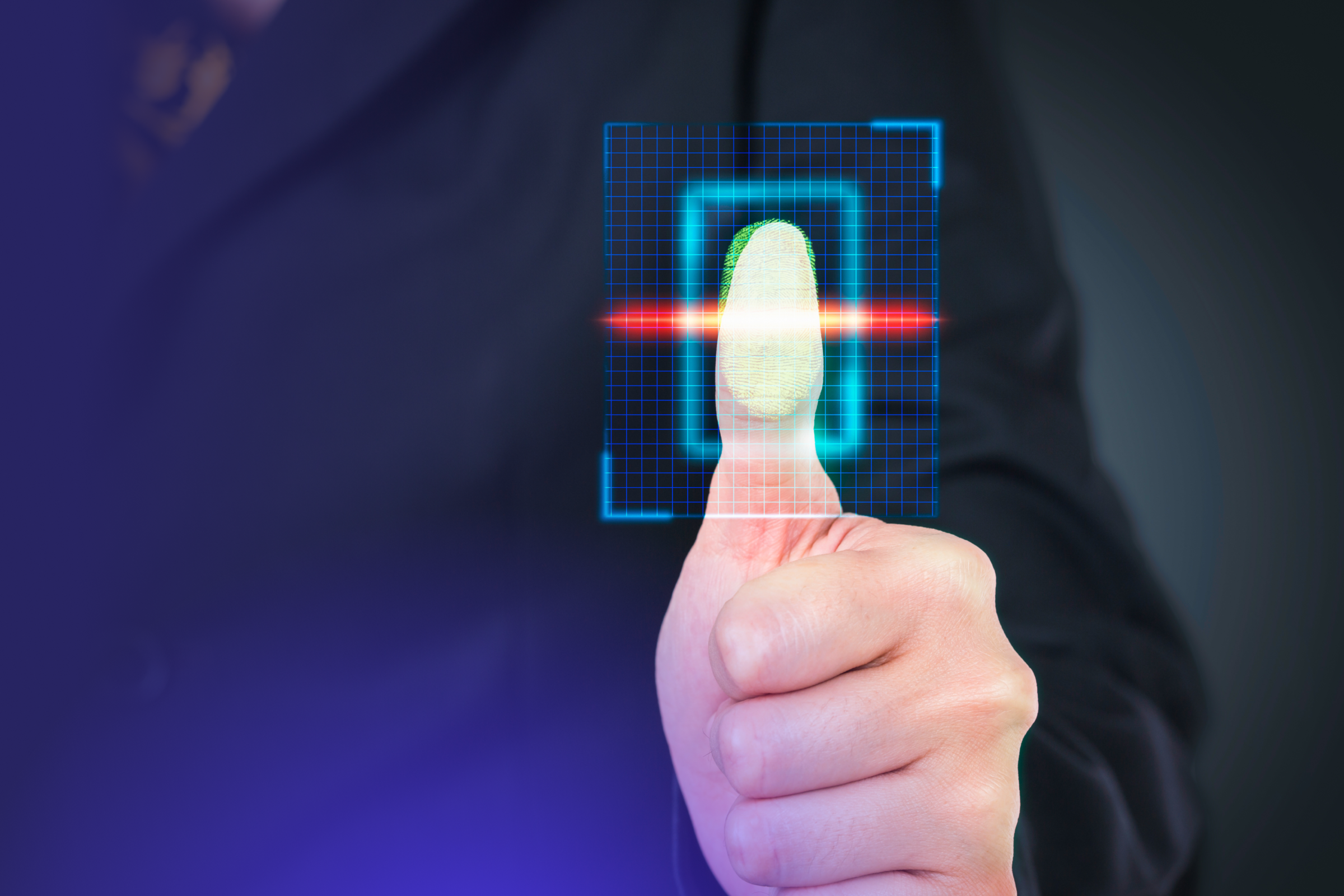The term biometric authentication technology strikes an imagination regarding advanced computer intelligence blended with the realm of science fiction. It refers to a process that involves user identification by scanning individual and unique biological as well as behavioral characteristics. Simply put, biometrics is a way to verify new and existing customers by analyzing their facial features, voice, iris/retina, gestures, surroundings, and movements.
The improved AI-powered biometric ID verification systems offer more accuracy, speed, and cost-effectiveness. They automate user onboarding which also cuts down friction and enables businesses to stand out in competitiveness as enhanced service providers. But have the advancements in biometrics reached their concluding stage?
Stay in the loop to learn more about what biometric identification has in store for upcoming years.
What Really Brought Biometric User Authentication into Consciousness?
When it was first put into practice biometrics were simpler, hand-operated, and less complex. What made this technology commonplace as well as readily adaptable was its combination with computing powers. Therefore, as digital development hit industries, biometric recognition also picked pace. With a market worth of $33.2 billion in 2022 it is projected to represent a growth rate of 17.36% CAGR and reach $87.4 billion by 2028.
The inception of Artificial Intelligence (AI), Machine Learning (ML), and other technologies are further accelerating the growth of biometric user authentication. Automation of facial feature extraction, fingerprint mapping, and swift customer identification are some of the by-products.
Fast forward to today’s digital and well-transformed era, biometrics are widely accepted as means of security. Further reasons involve:
-
User And Industry Convenience
Automated biometric authentication makes customer intake easier. AI-based algorithms eliminate passwords and usernames. Hence, customers can avail a user-friendly, convenient, and secure experience.
-
Data Protection
Biometric identity checks restrict access to unauthorized personnel by identifying users through biological and behavioral scans.
-
Overall Security
Industries can increase security against cyber threats, fraud, impersonation, and other damaging crimes. As biological features are impossible to replicate, safety will not be put at stake.
Biometric Identity Verification Trends Industries Will See in Upcoming Years
The advantages of biometric authentication systems are not questionable but will the technology stop transforming? Digital transformation does not stand still and so new use cases and innovation will border industries.
The next section outlines major developments to come in biometric authentication technology, their impacts on industries, and what businesses should expect in the near future.
1. Metaverse Will Grow More Towards Security
Currently using identity verification solutions, Metaverse will completely establish biometric security systems. Being a virtual reality world, it involves a higher threat of fraud. Moreover, as blockchain applications spur around adoption of biometric technology, it will soon declare biological/behavioral identification a mandatory standard.
2. Regulatory Scrutiny is Going to Get More Stringent
The use of biometric data is subject to legal obligation. Industries can not breach regulatory standards while collecting customers’ unique identifiers. The California Consumer Privacy Act (CCPA) has rolled out right-of-action protocols for industries using biometric recognition. In upcoming years, it will further strengthen requirements and penalties.
3. Industries can Counter Spoofing More Proactively
Fraud continues to grow unrelentlessly and has reached a damaging situation for both industries and regulators. With spoofing, deep fake, and impersonation haunting enterprises, biometric authentication systems will become more technologically advanced. Therefore, navigating fraudsters’ intentions and preventing them before any damage will be easier.
4. New Realities – Frictionless Access and Swift Onboarding
Biometric identification has already made a name in the access control category as the most secure, convenient, and reliable method. Alcatraz announces to integrate this technology for improved authentication. Similarly, more industries will increase their investment in biometric solutions.
With AI-powered algorithms, advanced computing tactics, and automation, enterprises will be able to offer frictionless onboarding, protected control of access, and swift user identification.
5. The Growth of Multi-Factor Authentication (MFA) and Multimodal Biometrics
Given the uncertainty and severity of identity theft crimes, businesses’ reliance on simple Two-Factor Authentication alongside outdated ID checks can cause a downfall. Furthermore, the era of passwords, usernames, OTPs, and PINs has come to an end.
The existing business crime prevention tactics have become a rusty solution for the advanced fraud risks. This is where biometric identification systems will take over. With their advanced AI-powered ID verification checks, liveness detection, and real-time selfie-based authentication, industries can further increase protection against threats.
Where is the Future of Biometrics Headed?
The growth of the biometric recognition market is not subject to barricades and hurdles. The rollout of cloud-based solutions, AI-powered ID checks, and digital onboarding has accelerated its development further. Whilst biometric identification systems were confined to the adoption of business giants, their refined status has made them easily integrable for every size of enterprise. Hence, this technology has yet much more to come.
Conclusion:
A biometric authentication system ensures that only verified personnel can access the enterprise premises. Moreover, the unique biometric ID of each individual makes it near impossible to falsify employee records or to impersonate an employee. Such a system is instrumental in providing security and use of ease to both the company as well as its employees.
Tags: BiometricBiometric Recognitionbiometric screening


